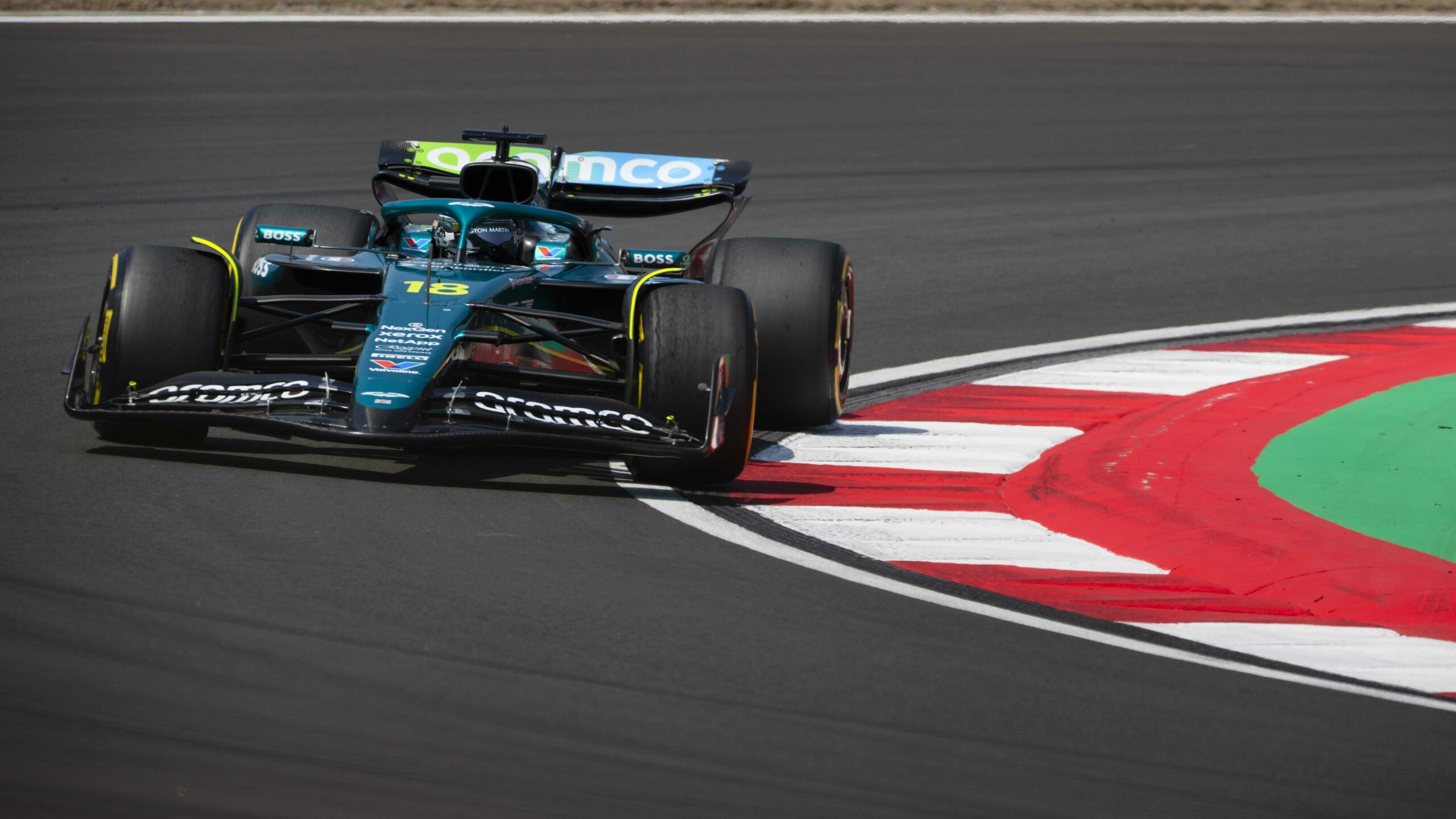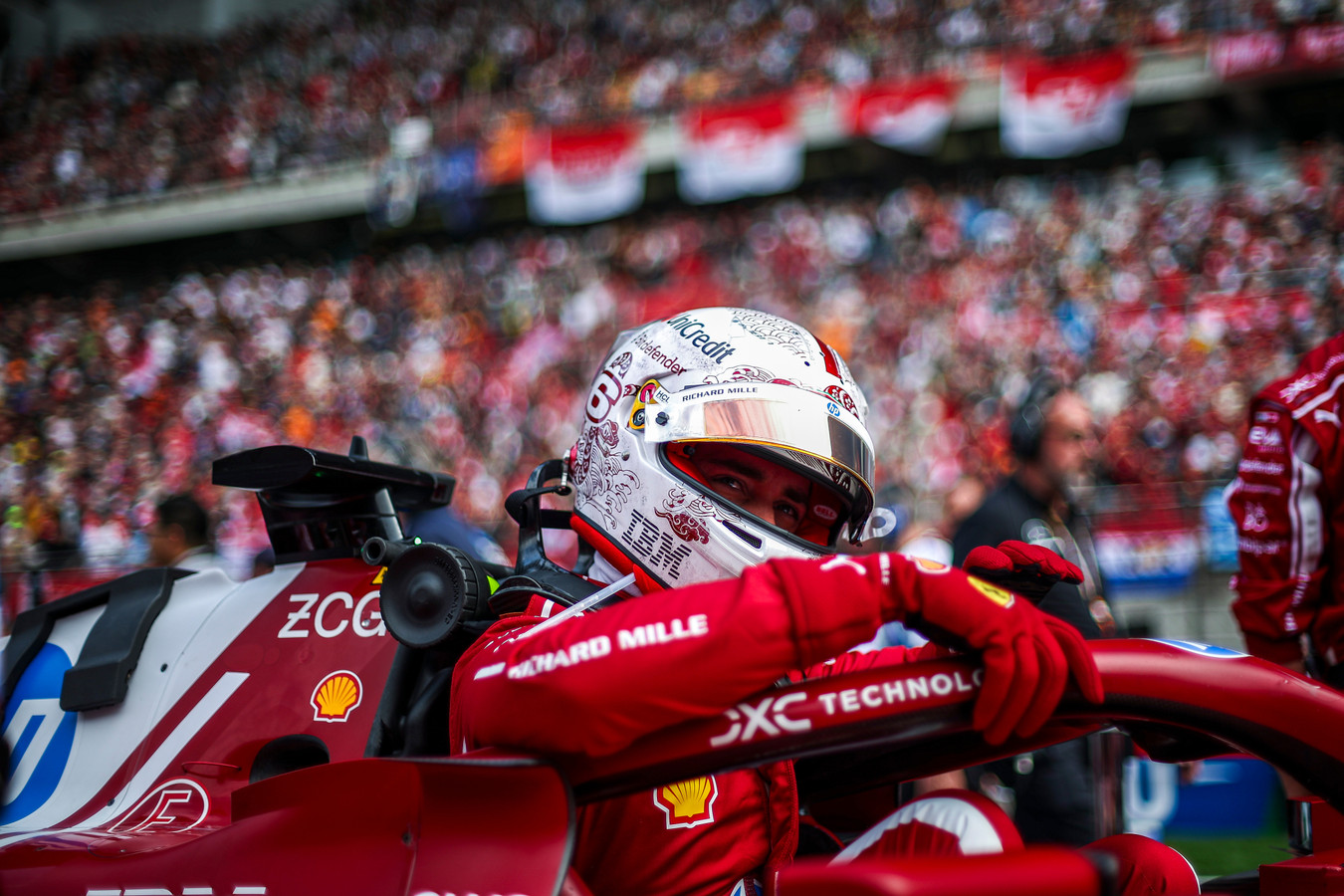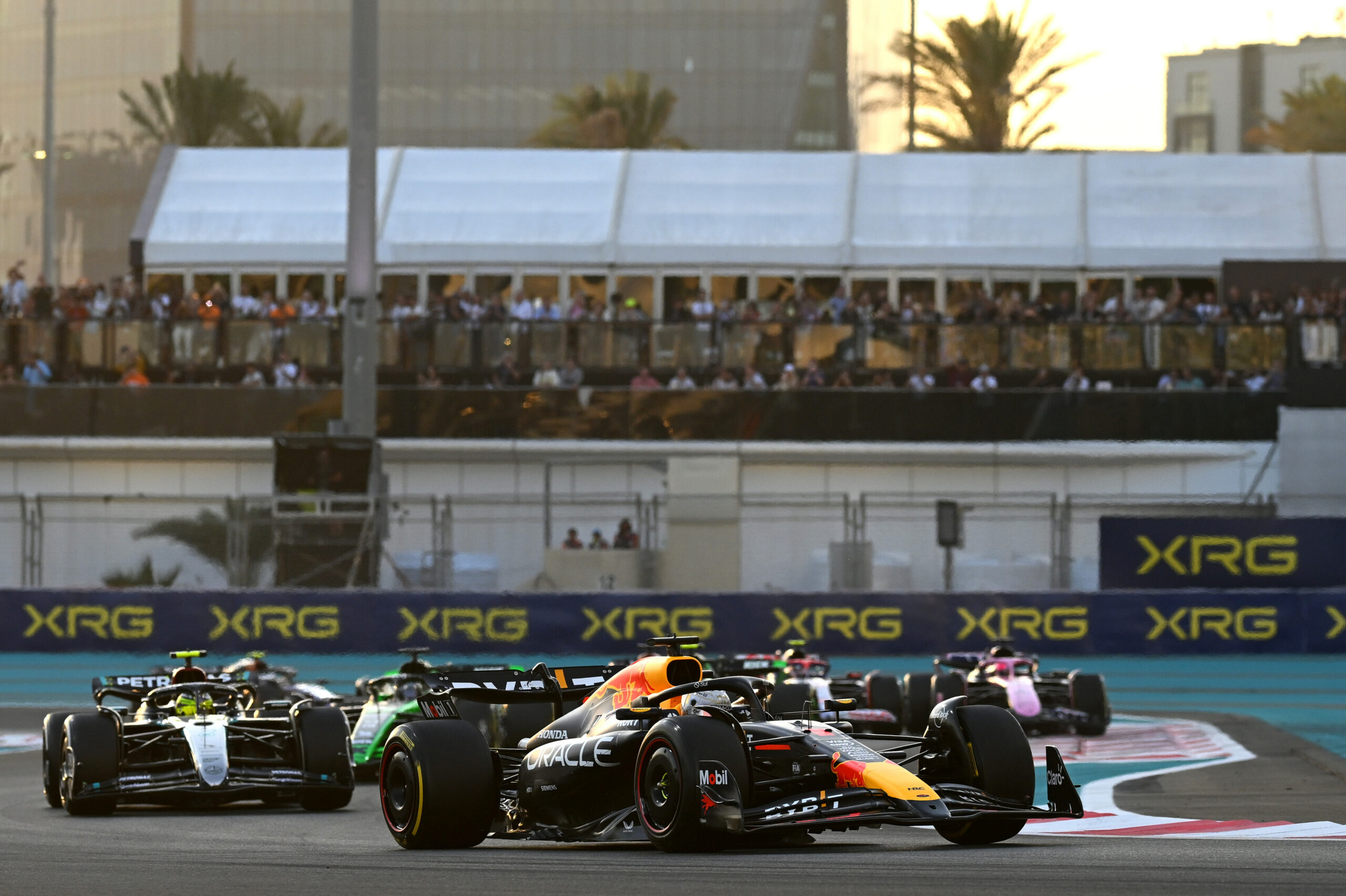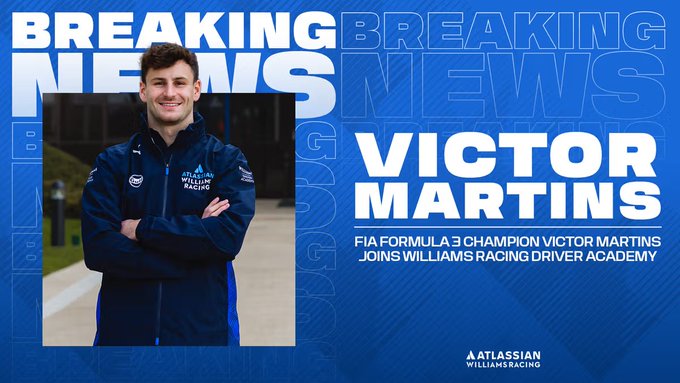
The latest race in Melbourne, Australia, was for Mercedes definitely a step forward in their season, that had started with some important issues to solve.
In Albert Park, they managed to get on the podium with Lewis Hamilton, while George Russell was force to retire.
In a video debrief that Mercedes posted on their social media, chief technical officer James Allison analysed the race and gave some very interesting insights on it:
“Overall, a sense of quiet satisfaction that we have moved the car forward that, from a performance point of view, we probably got as much as it is able to give right now.
“That happiness, of course, is tempered by the disappointment that we only got one car to the flag and that George was not able to show what he was capable of in the car on race day, having performed very strongly up to that point in the weekend.
“We didn’t have huge breakthroughs, but we moved forward a little bit. We put a small amount on the leaders Red Bull, and we are starting to get on terms with, and maybe just nose a whisker in front of, the Ferraris and the Aston Martins,” he stated.
When he was asked about Mercedes’s performance, Allison said that saying if that was track-specific or an overlapping of decisions that they made during the whole weekend was a very difficult question to answer, as always.
“Was [our performance] expected? Broadly yes, because the performance level in Australia was not markedly different to that in the other two tracks so far this year. Different yes to Red Bull, but not a completely different animal compared to the rest of the field,” he affirmed.
“I think the biggest shift in Australia was that Red Bull were a little bit more off form in qualifying compared to the rest of the grid, and that sort of closed up the field. But if you look at the relative pace of our car to the Ferrari, our car to the Aston Martin, it’s been close-ish all year.
“Yes, we are a little bit on the better side, but it wasn’t seismic. So, was it expected? Well, we expected to be in the fight with Ferrari and Aston Martin and pleased to have our noses in front, but we did expect to be there.
“How much of the overall good results of the weekend was track-specific and how much came from things we did? Time will tell. We’ll go to some more very different tracks in the next few weeks,” – he said – and we’ll see whether this was the sort of initial bellwether of general uptick in our performance which we hope for, or whether it was related to the quite unusual track conditions that we saw this weekend in Melbourne,” Allison added.
Then he opened up on Russell’s early pitstop and his DNF.
“That early in the race, it’s right on the cusp of whether a safety car stop is going to help you out or leave you a little bit worse off, and so, you can see when that happened, we chose to split our cars.
“We brought George in but left Lewis out because at that point it’s very finely balanced whether you are going to get a benefit from the stop or not. And by bringing one in and not the other then you are splitting your risk, it’s like an each-way bet.
“As it happens, it looked post that decision that we probably did the right thing with George to bring him in, just from a pure getting the best out of a cheap pit stop under the Safety Car.
“But all that was rendered completely null and void when the red flag was then pulled out just a few seconds later.”
As was the most case with most people, Mercedes expected Albon’s crash to be covered under yellow flags and with a Safety Car. Then he talked about how it was upgraded to a red flag.
“We were very surprised by that red flag because to us that looked like the sort of incident that could have been cleared up under yellow,” added Allison.
“Of course, the moment that it goes red then although you got a cheap stop under a safety car it’s nothing like as good as the free stop you get under a red flag.
“I think the decision stands on the merits that we were considering when we made it, but obviously once the red flag came out then it clearly meant that George lost out a little bit.”





